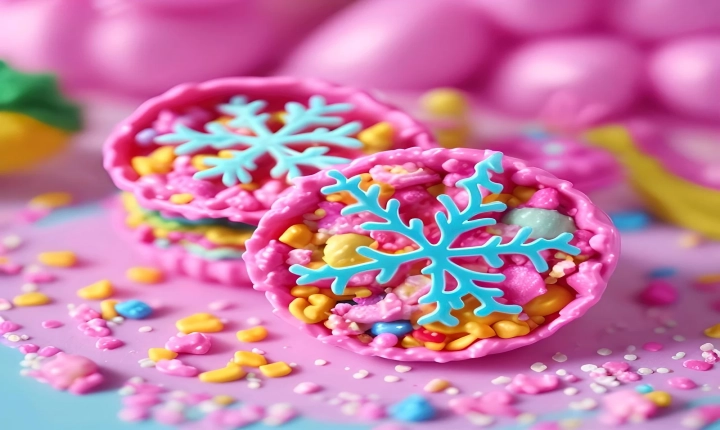How to Create AI Images: A Step-by-Step Guide
Artificial intelligence (AI) has revolutionized the way we create and manipulate images, opening up a world of possibilities for art, design, and even scientific research. Whether you are a professional designer, a hobbyist, or just someone curious about the potential of AI-generated imagery, here is a guide on how to create AI images.
Step 1: Choose your AI Tool
There are various AI tools and platforms available for creating images, each with its own unique features and capabilities. Some popular tools include Deep Dream Generator, Runway, and Artbreeder. Research and evaluate the different options to find the one that best suits your needs and level of expertise.
Step 2: Collect Training Data
If you are interested in training your own AI model to generate images, you will need to collect a large dataset of images to use as training data. The quality and diversity of your training dataset will greatly impact the performance of your AI model, so it’s important to curate a rich and varied set of images.
Step 3: Preprocessing
Before feeding the images into the AI model, it’s crucial to preprocess them to ensure they are in a format that the model can understand. This may involve resizing, cropping, or adjusting the color balance of the images to improve their suitability for training.
Step 4: Train the AI Model
If you are creating your own AI images using a tool that supports training, you will need to train the model using your curated dataset. This process involves feeding the images into the model and adjusting the parameters to improve the quality of the generated images.
Step 5: Generate Images
Once your AI model is trained, you can start generating images. Depending on the tool you’re using, you may have the option to input specific parameters or seed images to influence the output. Experiment with different settings to see the range of outputs you can achieve.
Step 6: Refine and Enhance
After generating the images, you can refine and enhance them further using traditional editing tools such as Photoshop or Lightroom. This step allows you to add your own creative touch to the AI-generated images, making them truly unique.
Step 7: Share and Collaborate
AI-generated images offer exciting opportunities for collaboration and sharing within the creative community. Share your creations on social media, participate in AI art exhibitions, or collaborate with other artists to explore the potential of AI-generated imagery.
In conclusion, creating AI images can be a fascinating and rewarding process, offering new ways to push the boundaries of creativity and visual expression. Whether you are a seasoned professional or an amateur enthusiast, experimenting with AI tools for image creation can lead to exciting discoveries and unexpected artistic outcomes. With the right tools, techniques, and creativity, AI-generated images have the potential to transform the way we think about visual art and design.
